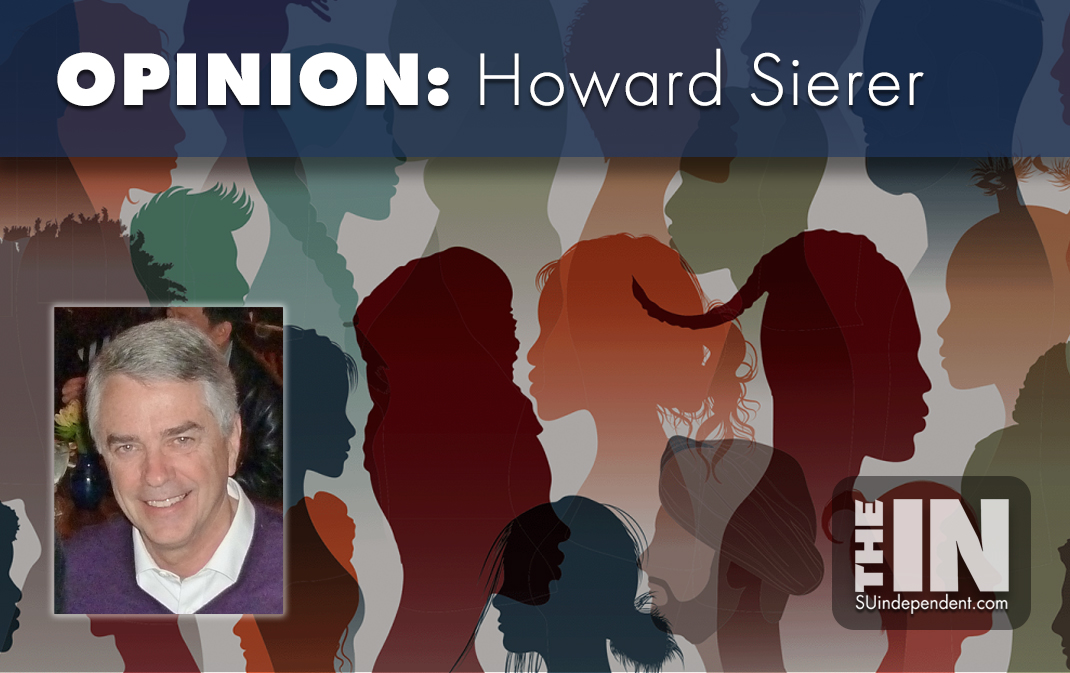
Using “Diversity” to Discriminate
– By Howard Sierer –
As an ideal, organizational and societal diversity is a good thing. In a country composed of immigrants from around the world, that ideal might be expected to result in most organizations being composed of a representative cross-section of races, ethnicities, religions, and genders.
But thorny questions arise: Does it follow that any organization with less than ideal diversity must, by definition, be discriminating in some way when it selects its members? Is it appropriate and legal to require these organizations to “improve” their diversity by admitting/hiring members who would move those organizations closer to the country’s aggregate diversity? Worded more bluntly: should organizations be required to discriminate in adding new members to achieve ideal diversity?
Dr. Thomas Sowell explains that real world exceptions to the ideal are inevitable and unavoidable. “Among the many factors that can prevent equal human potentialities from producing equally developed capabilities are factors over which humans have very little control—such as geography—and other factors over which humans have no control at all, such as the past.”
Nonetheless, plaintiffs have sued a variety of organizations which, in the plaintiff’s eyes, were inadequately diversified. They call on the nation’s courts to require “reverse discrimination” to remedy what they see as a societal ill.
An illustrative court case arose when a Valvoline Oil Company plant manager told a supervisor that the company “needed more diversity in the workplace.” The supervisor understood the reference to “diversity” meant that the company should hire fewer African Americans in the future due to the racial composition of the existing workforce at the plant. The supervisor sued the company for using diversity as a rationale to discriminate in hiring.
Judge James Ho joined the majority of the Fifth U.S. Circuit Court of Appeals in finding Valvoline guilty of discrimination. Ho said, “I write separately to highlight Plaintiff’s contention that the use of the term ‘diversity’ may be evidence of his employer’s discriminatory intent.
“Cases like this reflect the growing concern that diversity has increasingly become a code word for discrimination. Courts have long worried that diversity efforts can lead to discrimination in the workplace. The same concerns apply to disparate impact theory as well.
“Likewise, courts have warned that diversity has become the ‘rationale of convenience’ to support racially discriminatory admissions programs at many colleges and universities. Members of the Supreme Court have admonished educational leaders that ‘racial balancing’ is not transformed from ‘patently unconstitutional’ to a compelling state interest simply by relabeling it ‘racial diversity.’ ”
It’s no defense that a diversity policy may be well intended and that it’s designed not to disfavor any particular group but to favor other groups. That’s because favoring one group necessarily means disfavoring those of another group in any organization.
Implementing diversity in practice has always meant institutional, systematic discrimination. The ideal may be noble, but there is no way to force its implementation without discriminating.
I, for one, am tired of news headlines that highlight group identities, reflecting their authors’ obsession with identity politics. Examples: “First Female Mayor,” First Black State Supreme Court Justice,” or “First Openly-Gay Cabinet Officer.” While these authors believe they are advancing the interests of the highlighted groups, I see instead attempts to cement group identities that further divide the country.
Let’s stop this obsession of focusing on race and gender; stop compartmentalizing us into groups and dividing us one from another.
Once again I quote Supreme Court Chief Justice John Roberts: “The way to stop discrimination on the basis of race is to stop discriminating on the basis of race.” And I might add, discriminating on the basis of any other factor.



